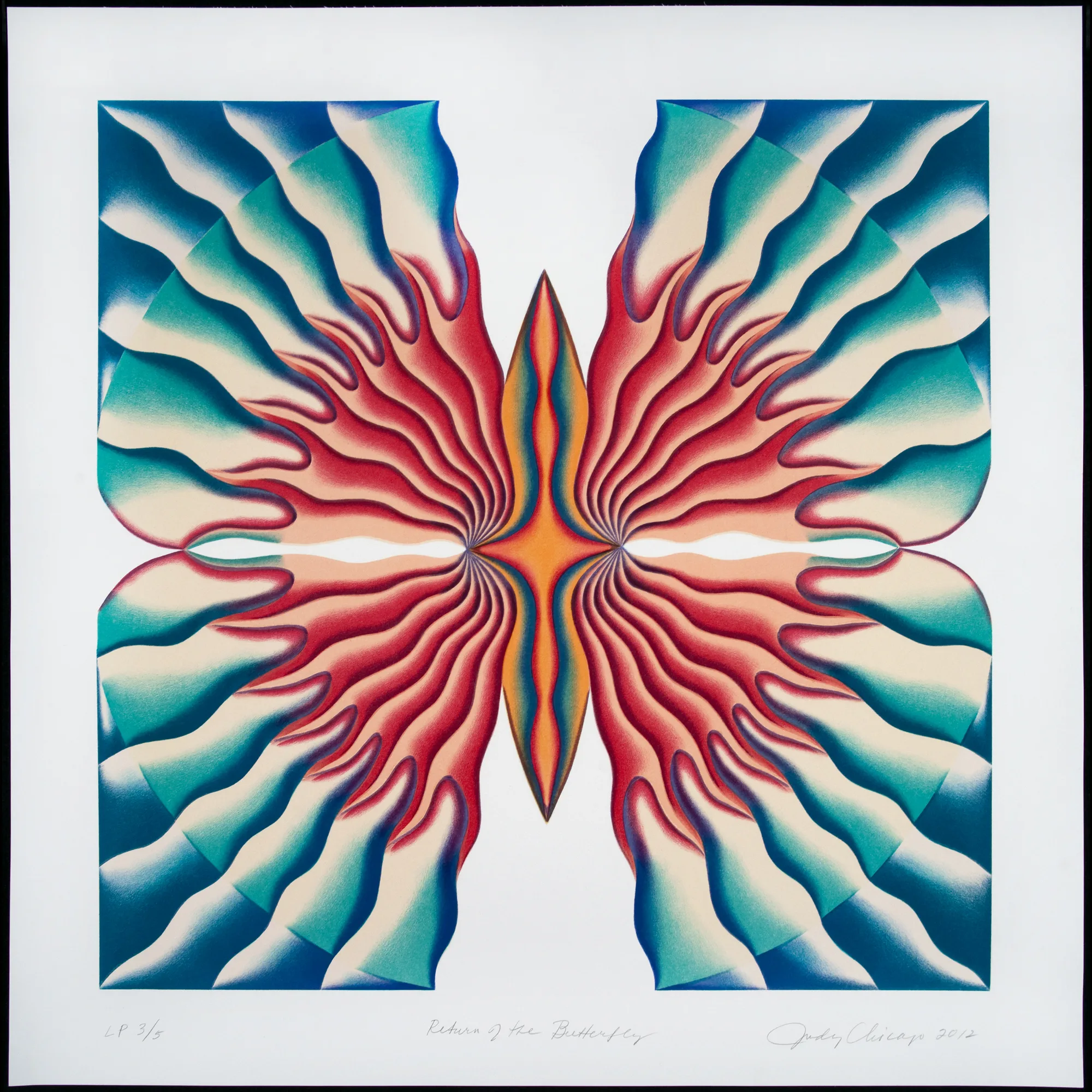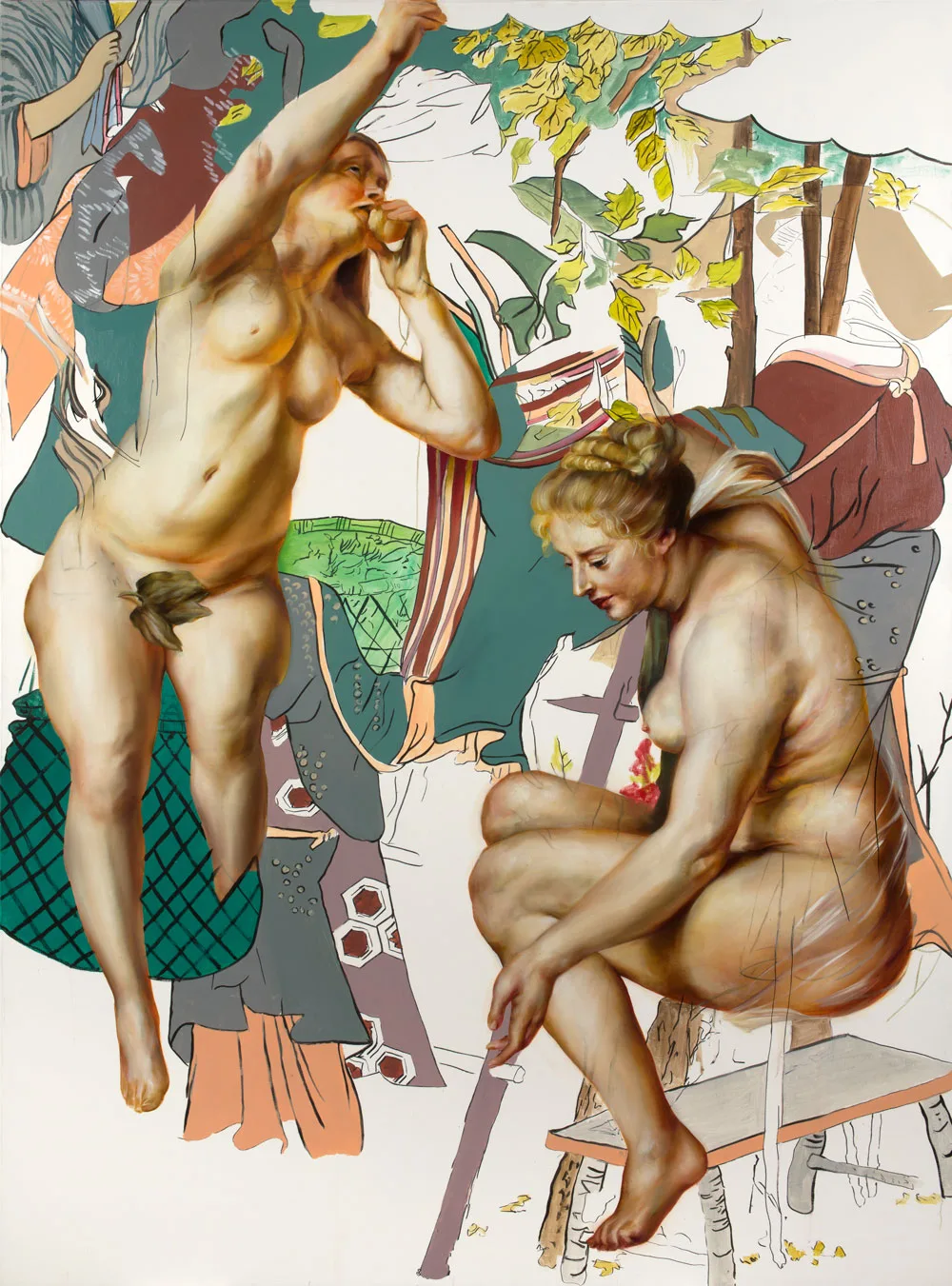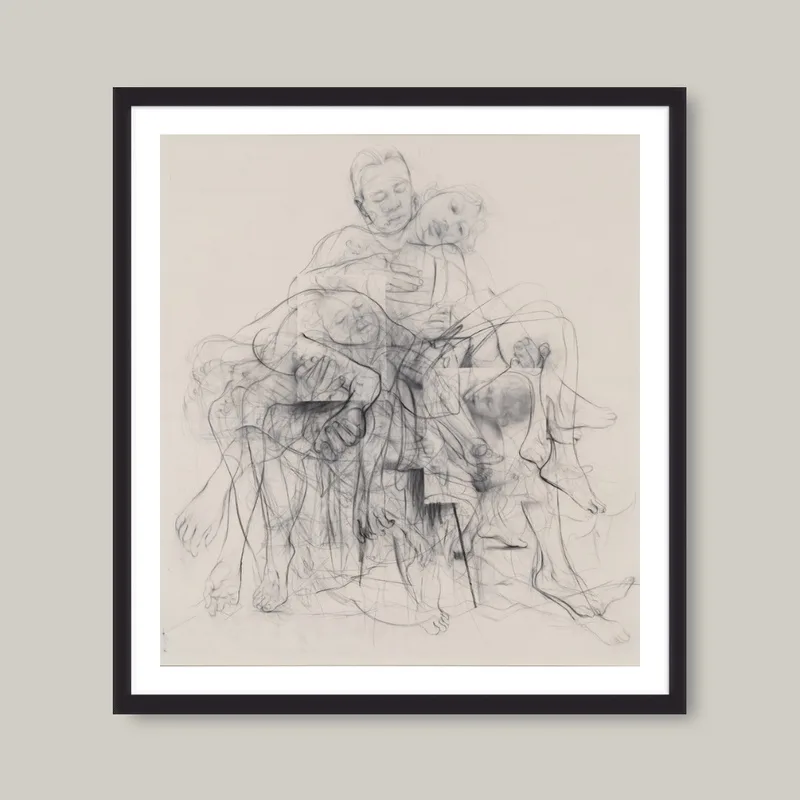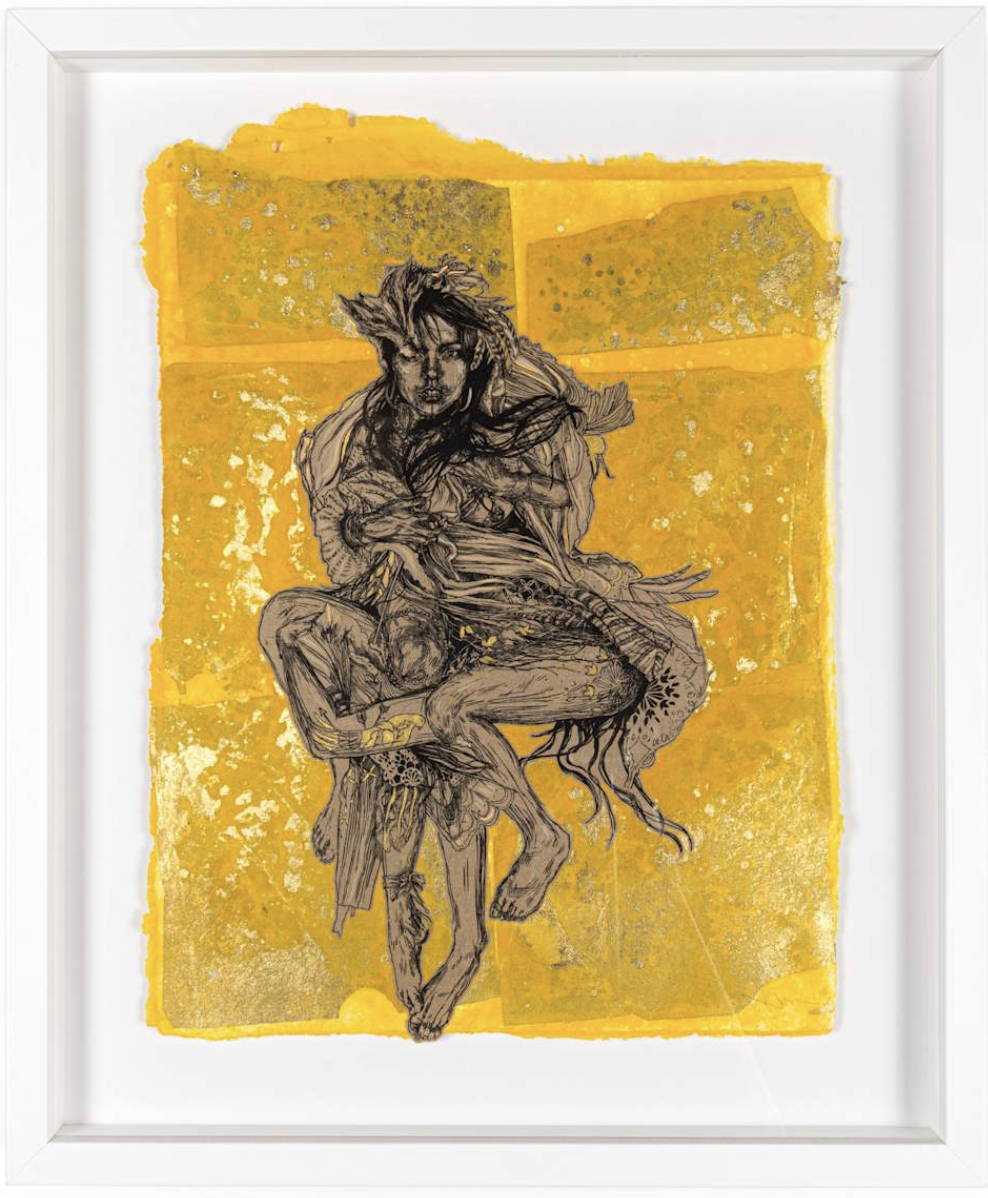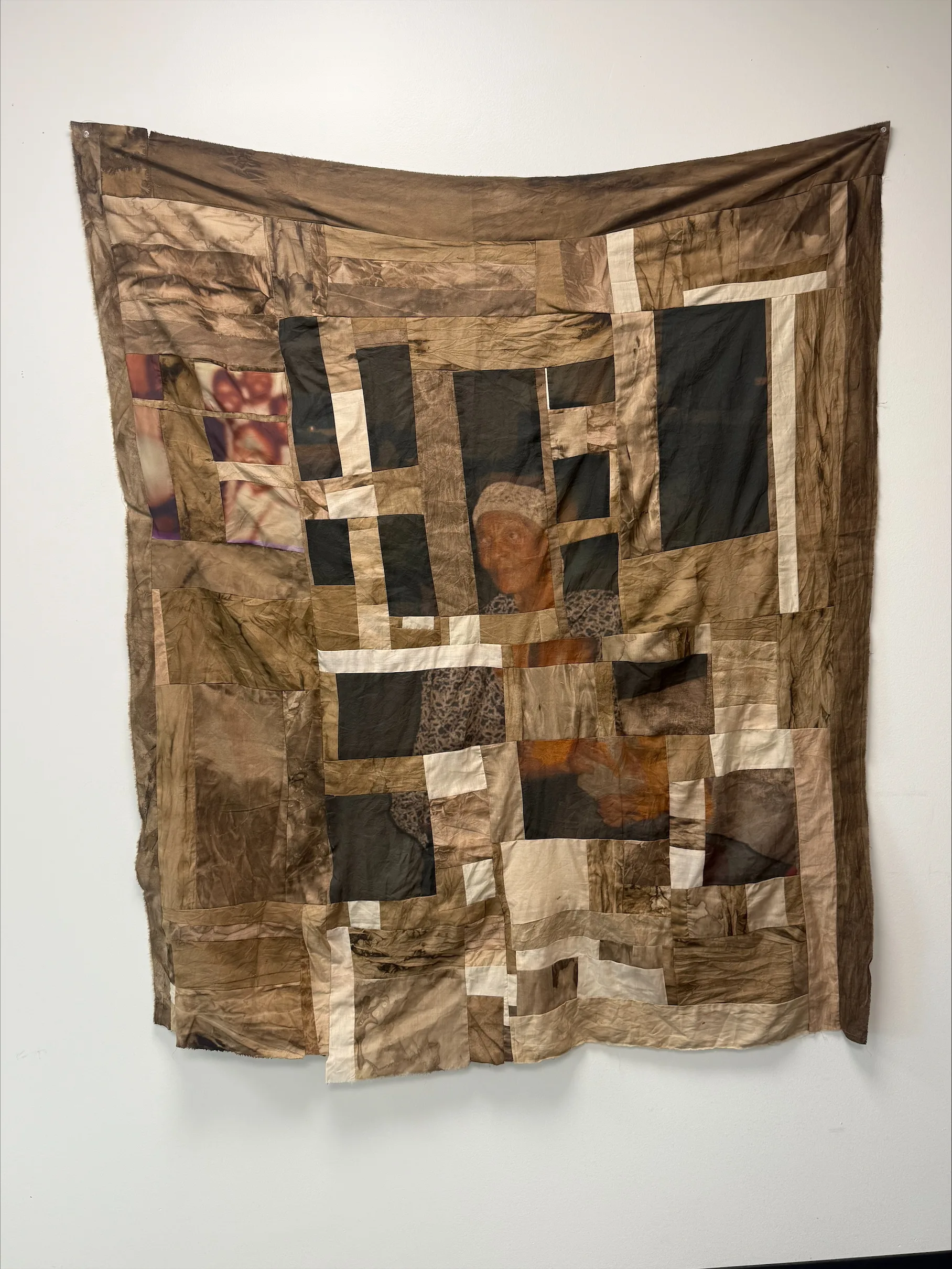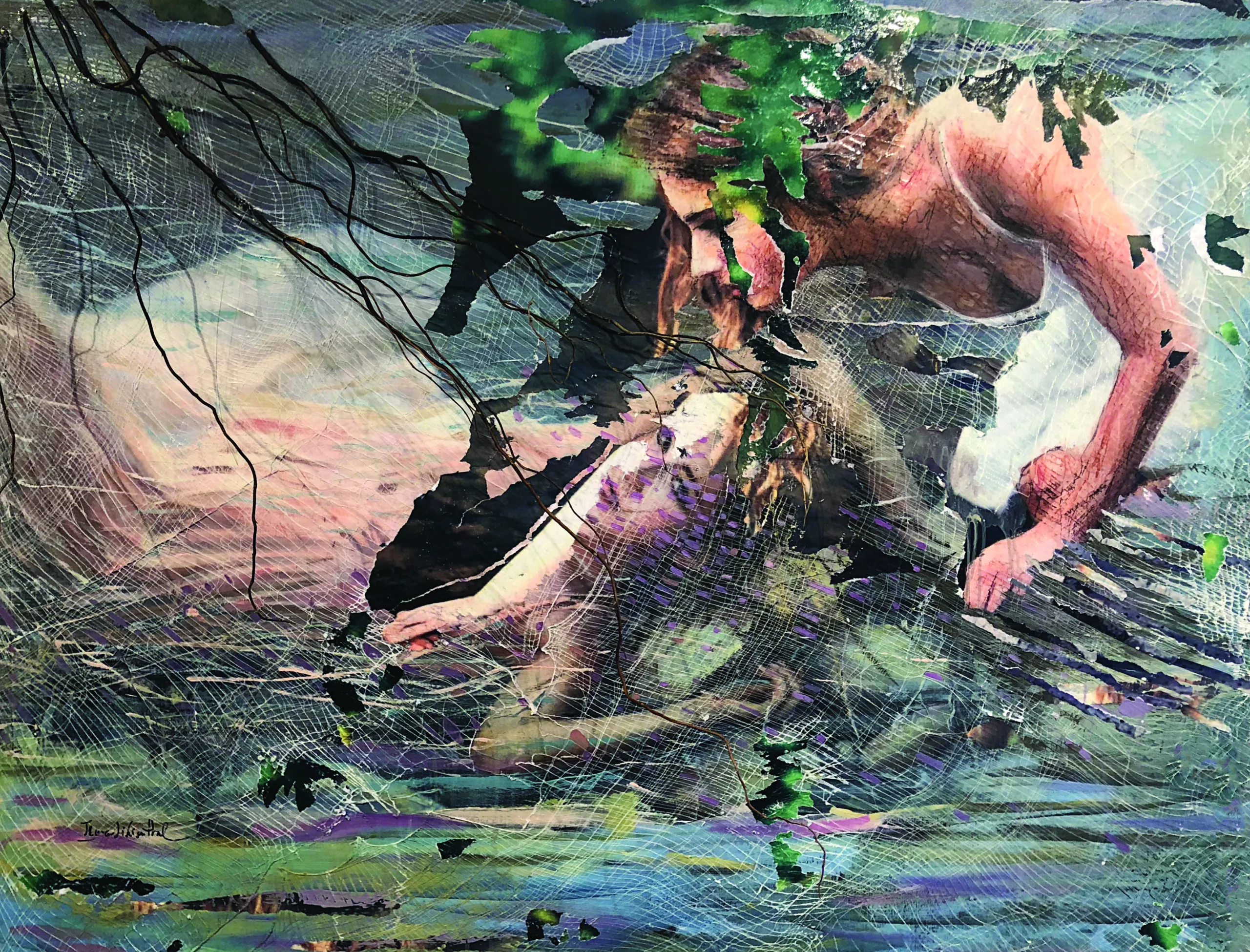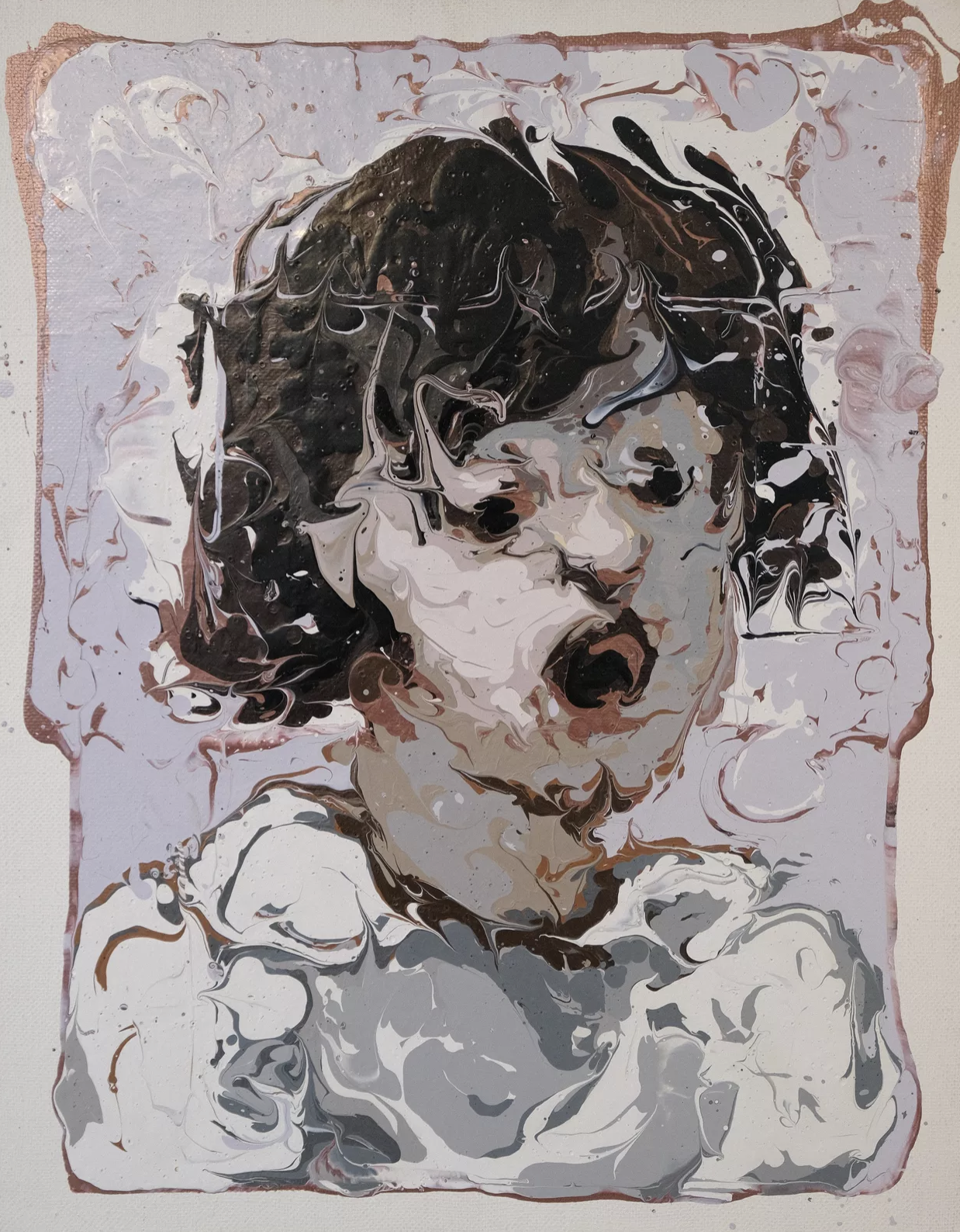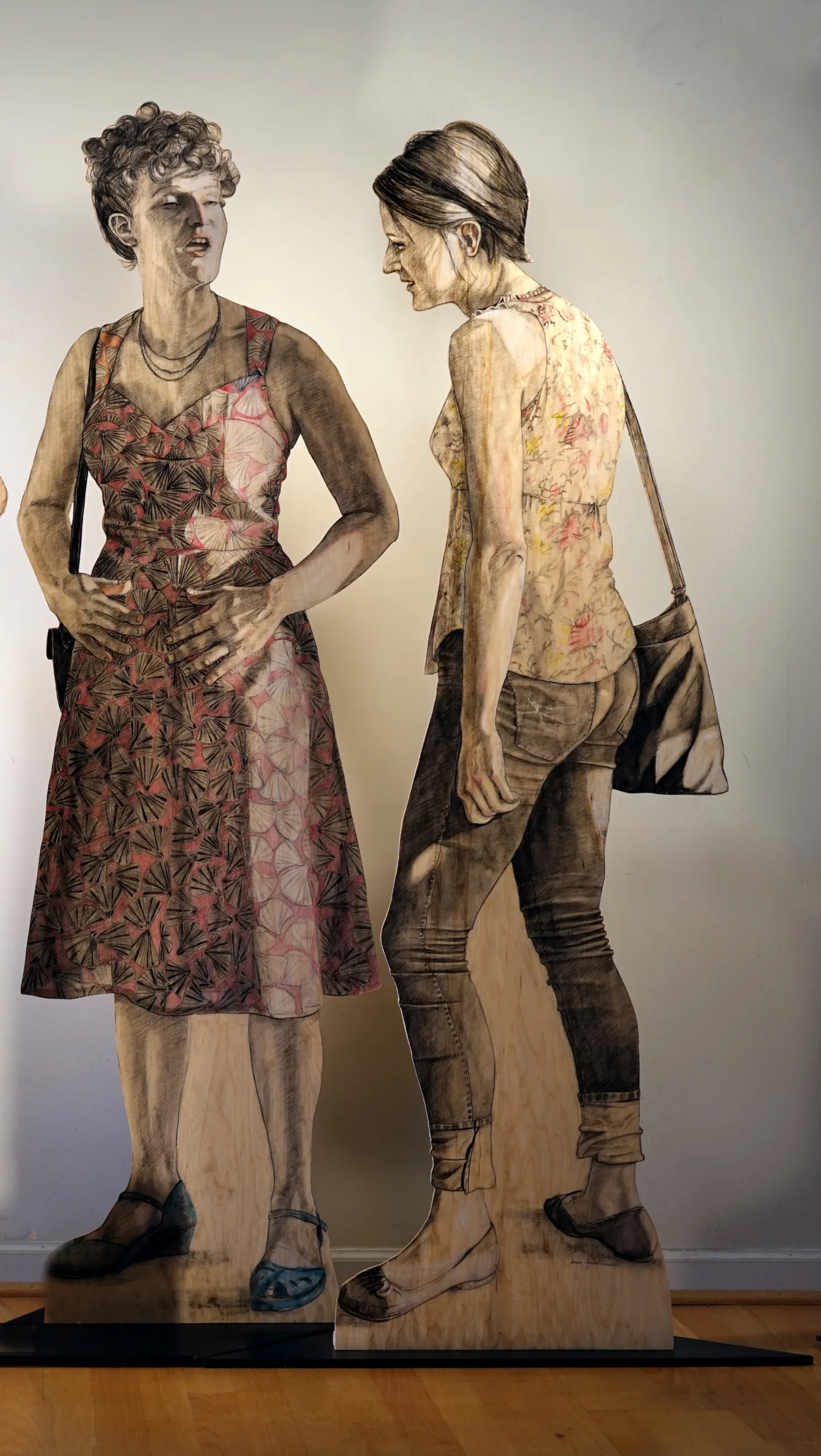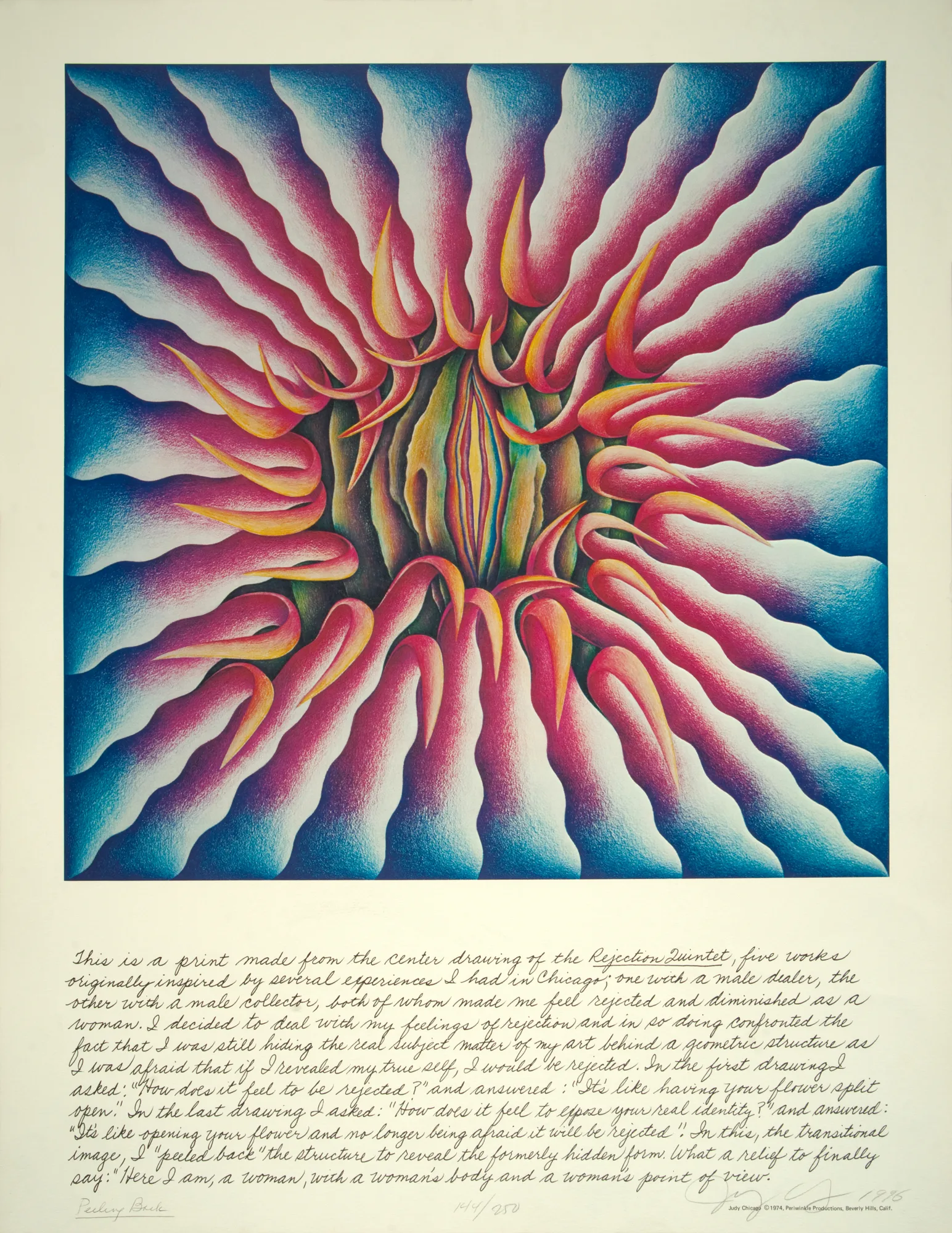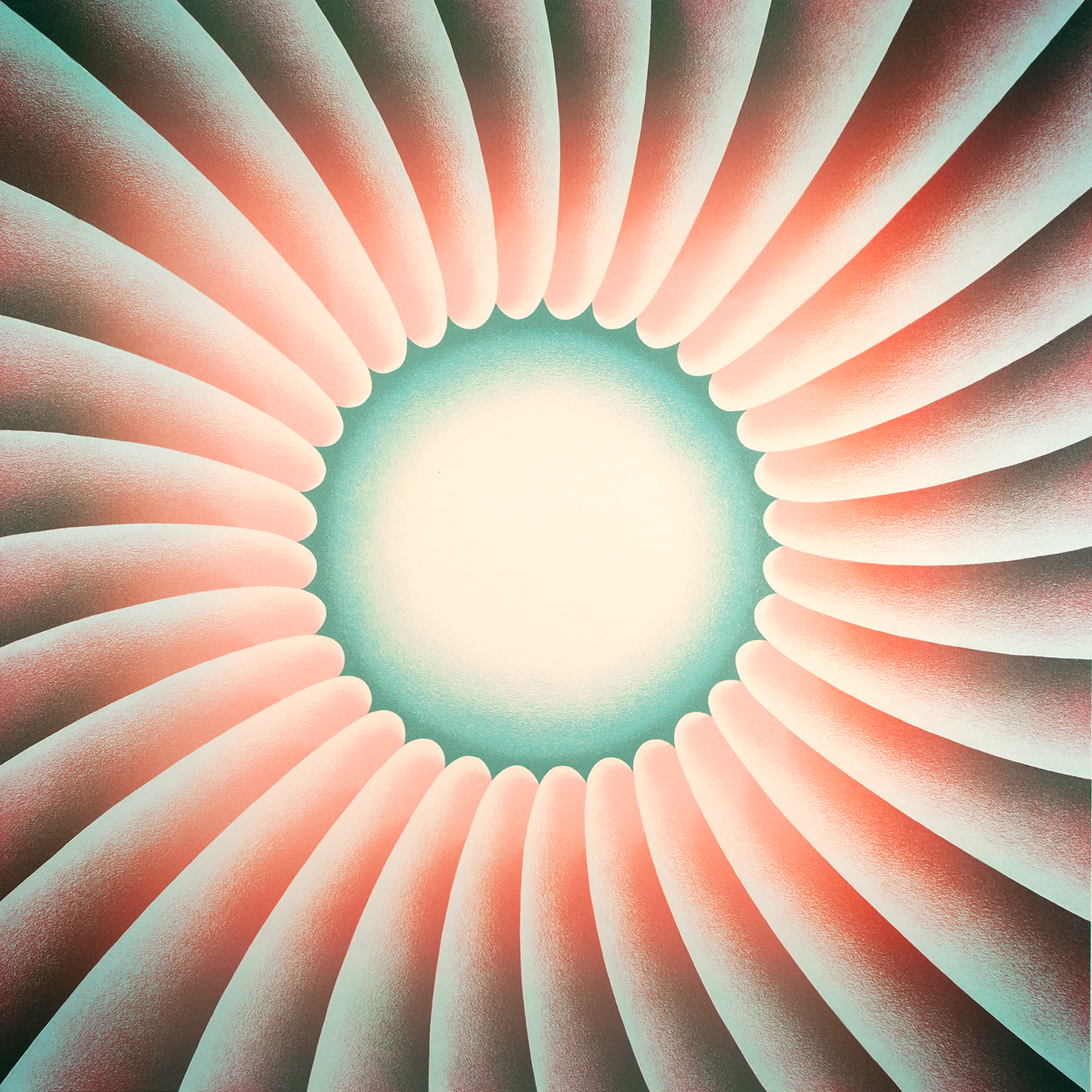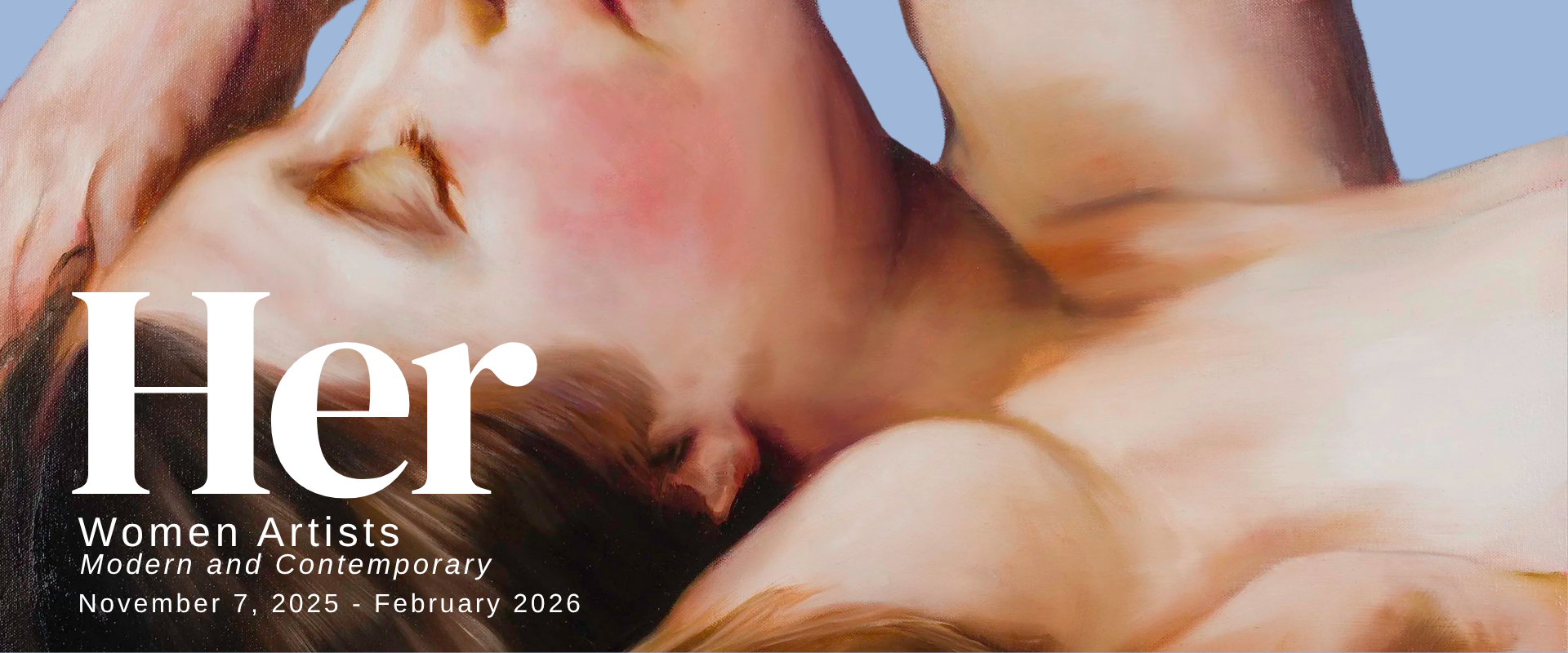
Her: Women Artists Modern and Contemporary
OPENING NIGHT
November 7 | 5 – 9 pm
Angela Fraleigh Artist Talk at 6:30 PM
Attire: Freestyle
Lilienthal Gallery invites you to the opening of Her: Women Artists Modern and Contemporary on Friday, November 7. This exhibition explores the multifaceted nature of womanhood and includes foundational and pioneering women artists, both historically significant and locally emergent.
The act of bringing an artwork into the world is like that of creating life, giving birth, regardless of the artist’s sex. Despite this universal need to create, express, and discover, throughout history, gendered social constructs have changed this natural inclination into one of hierarchies.
Because of this, it is essential that women’s experiences are acknowledged, uplifted, and their voices heard. Her: Women Artists Modern and Contemporary focuses on artists whose work specifically explores the multifaceted aspects of womanhood. It features a selection of artists from the foundational and pioneering to the next generation of emerging voices.
Artists Judy Chicago, Jenny Saville, Swoon, Angela Fraleigh, Lakesha Lee, Li Daiyun, Denise Stewart-Sanabria, and Ilana Lilienthal create art with their own experiences in mind. This exhibition ranges from second-wave feminist art of the sexual empowerment movement to the divine feminine and the importance of matrilineal connections. These women artists depict themselves as both the muses and the makers, reflecting their experiences of womanhood in its expansive expressions.
Judy Chicago noted that “feminist art is the act of a woman giving birth to herself.” Though women artists shouldn’t be defined in the context of gender alone, overcoming these gender-based struggles is an integral aspect of many women artists’ work.
As philosopher Marilyn Frye stated, “no human is free of social structures.” It is almost impossible to separate one’s life from one’s art, especially when such social structures penetrate all aspects of living. To untangle ‘womanhood’ from these artists’ work severs the full meaning of their practice.
Female artists of color and those outside the Western world are especially unknown compared to the male artists whose prestige looms over their careers. Highly celebrated artists of today like Hilma af Klint, Leonora Carrington, and Frida Kahlo were essentially unknown until either late in their life or after passing.
Throughout museums internationally, one will find walls and walls of naked women, reclined delicately for the viewer’s observation, or vast iterations of placid Madonnas, though they are likely not painted by women themselves. Studies note that between 2008 and 2020, American museum acquisitions included just 11% of women in their total intake. This number for Black women artists is 0.5%. Now, instead of a continued increase, these numbers peaked during the promising years of 2005 and 2015. Since then, institutional collection of women artists has steadily decreased².
As thus presented, women are represented in institutional spaces more often as the muses rather than the creators. This obscures the rich history of women who took ownership of their imagery through their art. Women artists who create from the perspective of the “female gaze” develop a more complex and comprehensive expression of women in art.
However, this theme of womanhood need not narrow the audience who might appreciate this kind of work. The beauty of art is in its universal human connection. Even deeply personal artwork can touch a stranger’s soul by expressing intrinsic truths that in some way can be understood by all.
* * *
Grounded in the hybrid print and prose works of Judy Chicago, her descriptions of life as a woman artist in the 1970s provide a historical touchstone for the adversity that much of these featured artists’ work rebels against. Known best for her controversial works featuring female anatomy, Chicago created imagery depicting women’s sexuality as a statement on their bodily autonomy. Not only aiming to create polemic works, she also implemented textiles in her art, elevating its status as “women’s work” or “craft” to a fine art context. In an era where large-scale abstract paintings were king, her feminist art demanded respect and prestige for women artists, no matter the chosen medium.
Another influential and contentious artist featured in this exhibition is Jenny Saville. Her canvases are large and ponderous, unconventionally portraying female figures filling the space with folds of fat, the scars of motherhood, and marks of imperfect human existence. Her subjects break out of the box of an idealized body—the mold in which women are pressed into.
Pioneering street artist Swoon, considered one of the first women to foray into this field, focuses largely on themes of divine femininity and the power of motherhood. Goddesses feature heavily in her luscious work, either pasted onto an unassuming wall or fully rendered in immersive environments. Alongside the images of beauty, Swoon does not shy away from the reality of hardship and struggles in complex relationships.
LaKesha Lee’s work celebrates African American representation and family legacy, especially that of her maternal connections, offering visual narratives that honor the past while inspiring a shared future. Her visuals bear the patina of history, not hiding the ravages of time upon a family. Inspired by a quilt, the last gift from her grandmother before her passing, Lee’s material is a living legacy.
Denise Stewart-Sanabria reflects on human behavior and history. Though she doesn’t think of herself as a “woman artist”, she hints at themes of womanhood and strength through her symbols and color palette choices. Whereas traditionally-styled still lifes are often dark and muted, Stewart-Sanabria brings her subjects to life in vibrant shades of technicolor. She elevates the color pink from something regarded as trivial to a rich and essential hue of vitality.
Ilana Lilienthal portrays women and feminine energy as agents of change who project their inner light outward. These themes are prominent in her pieces that incorporate art historical interpretations of the goddess and female figure.
Angela Fraleigh conjures the power of mythological women, figures that buck against the systems that demand their silence rather than resilience. She works with museums to research their collections and retells the stories therein through the women’s perspectives. Through these adapted historical paintings with a contemporary lens, she corrects the misconception that women haven’t contributed to the culture by pointing out the lack of access these women faced. When asked why she creates these reinterpreted paintings, she answered, “I needed these paintings. The work I make is for women.”

